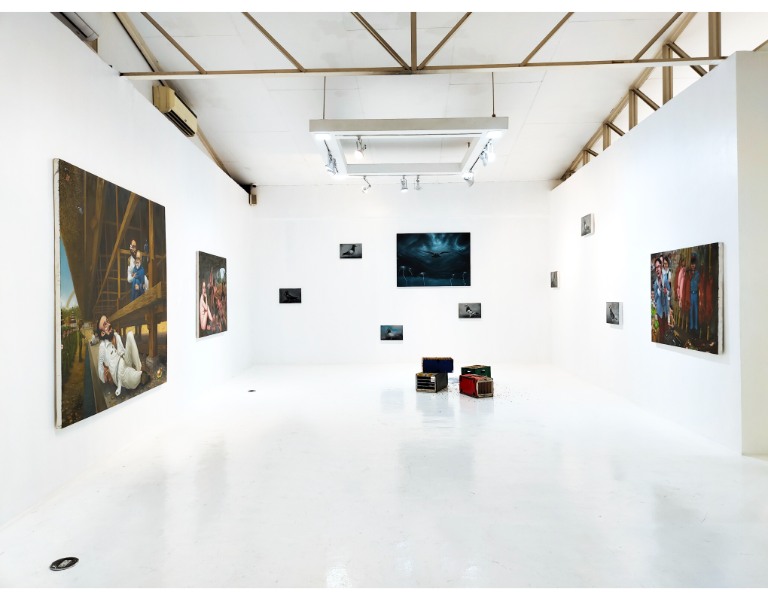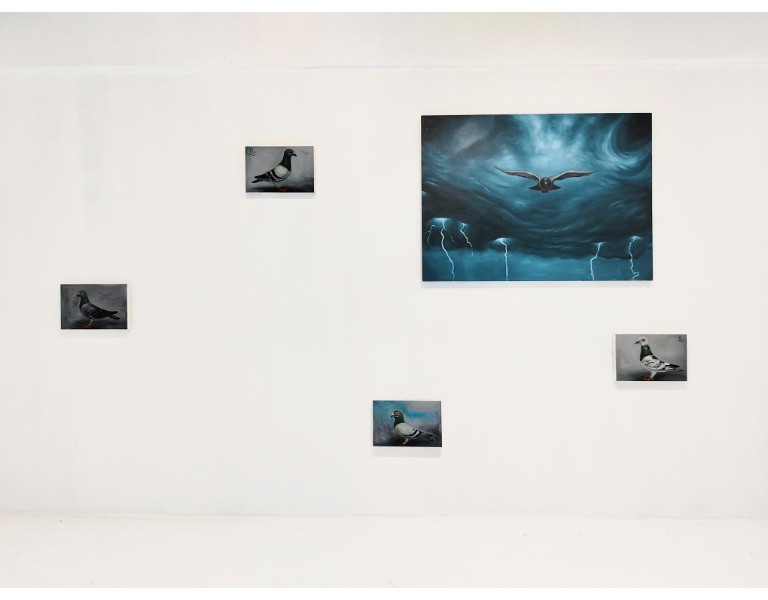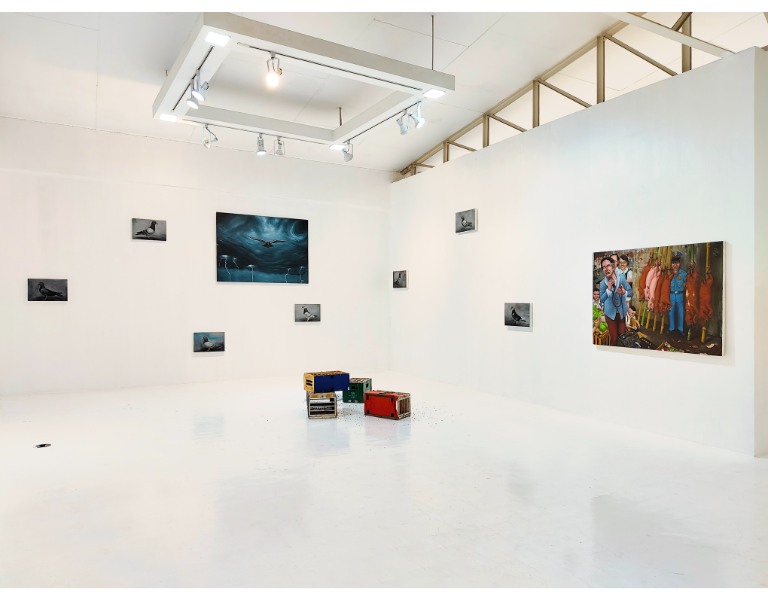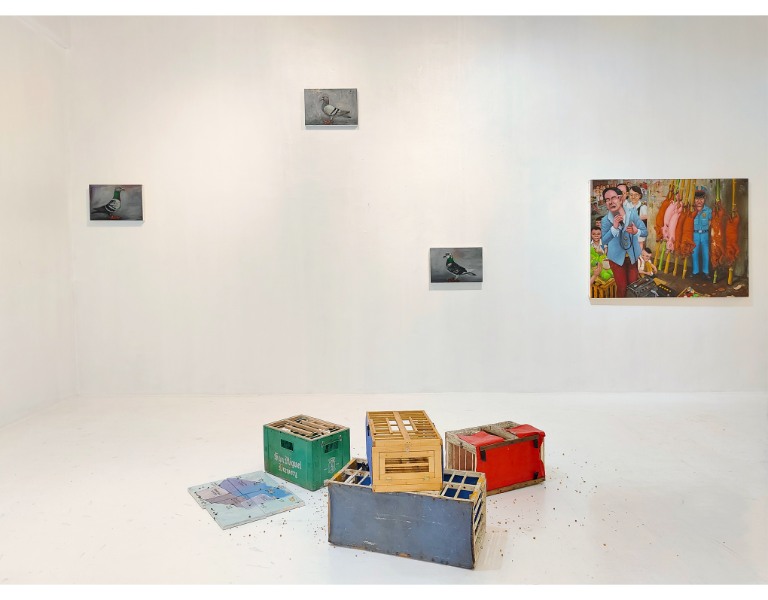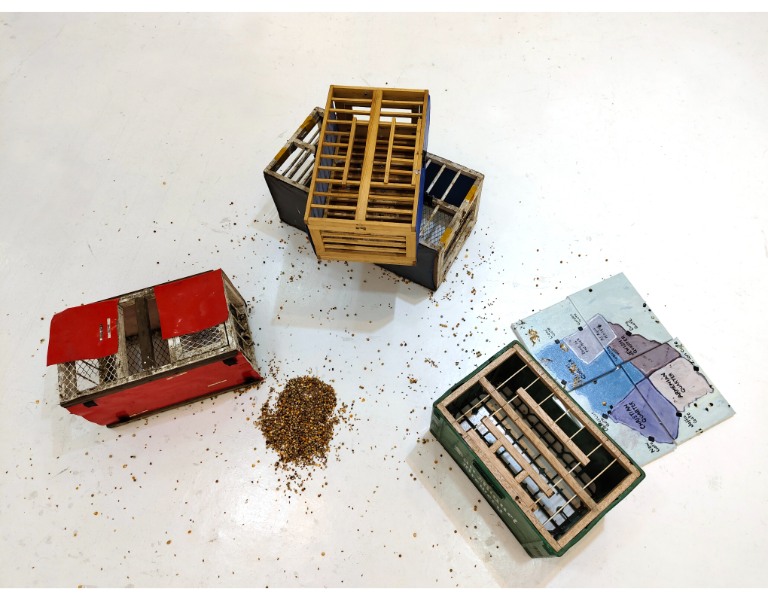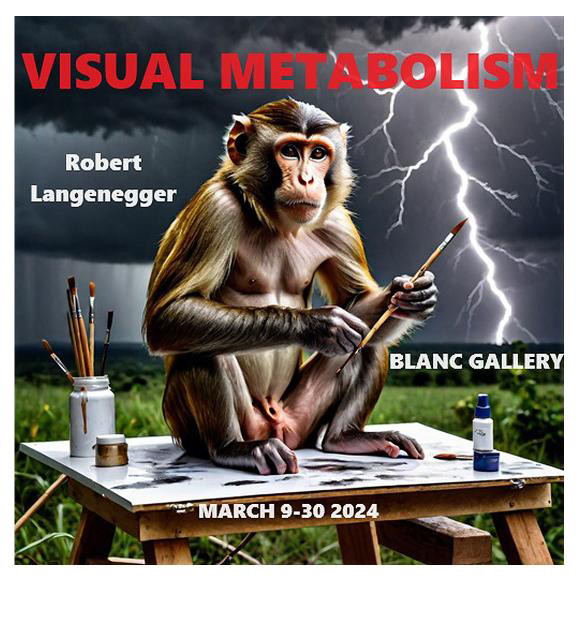
Visual Metabolism | Robert Langenegger
The world has ceased to be in accordance, according to Robert Langenegger’s world.
His own visual algorithm is a menace that can put generative AI and internet search engines to the test:
Balinese rainbow weddings; a blind man singing karaoke against a backdrop of lechon; a fossilized
human skeleton making love with another skeleton—a bird’s; and an imagined group portrait as the only
living proof of paleolithic orgy.
These are just some of the images from Langenegger’s world that not only befuddle the history of images
but also provoke our thinking about certain histories. These are scenes that may have never existed in
the real world, but nevertheless do not defy the possibility. In rich detail, and in an endearing yet
grotesque approach to realism, the paintings of Langenegger induce the opposite of historical
documents—which is impossible to find. Nothing is ‘unhistorical,’ is what is seemingly conveyed in this
case. But nothing in history is also immune to speculation, and these speculative prompts that might
reside in the underbelly of encyclopedic entries appear to sometimes just wait for the right moment to be
seen—as in here, the moment the artist’s own generative mind is pitted against natural language and
descriptions.
And then you add to the mix: the lowkey, subculture of breeding racing pigeons—birds who were stars
and icons in their own right. Go ahead and search for them. Their histories have been part of a long
struggle, as well. Their flight from mere existence to stardom has become a symbol on its own. Like how,
once upon a time, they were symbols of peace. History—like the marks of bird droppings, are made
known only at the right moment, in a specific time and place, and are only felt when they hit you in the
face.
Bird droppings as history, as sign, and as subtle markings against the growing distance between surface
and sky, and also according to Langenegger—as just plain shittery—find their own symbolic significance
when one begins to think about the sophisticated lives of the gents who breed them, and the astonishing
culture that can be found within. Furthermore-–bird droppings as pigment: as also one of the greatest
things a sophisticated artist could aspire for.
Absurdity, ambiguity, and abstruseness—recently they have become the substance of generative AI when
we try to summon text combinations to conjure something that can appear as real. But in Robert
Langenegger’s world, this was his way to simply create images. For many years now, his mind has
worked as a kind of image generator long before the engine gained prominence—pitting the real against
the perverse; juxtaposing history against the speculative.
The metabolism involved in conjuring such images—one can only imagine the data to accompany this:
the number of calories burned, the brain’s energy consumption, the photoelectric light that passes through
the visual cortex—such a chore, one would probably think. But it is, after all, human. A human’s chore.
And in this particular moment, it is Robert’s.
/CLJ
Works
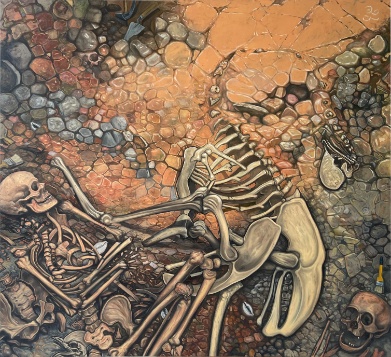
Definitive Proof That the Early Papuans had an Intimate Relationship with the Cassowary
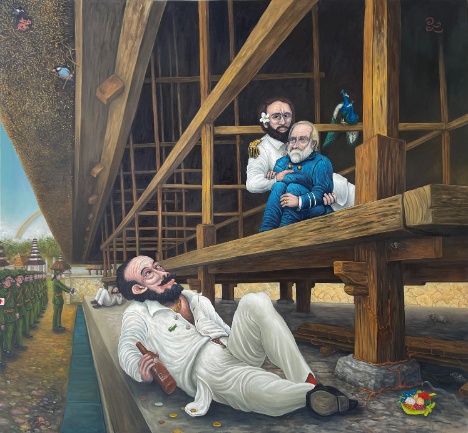
Balinese Rainbow Wedding
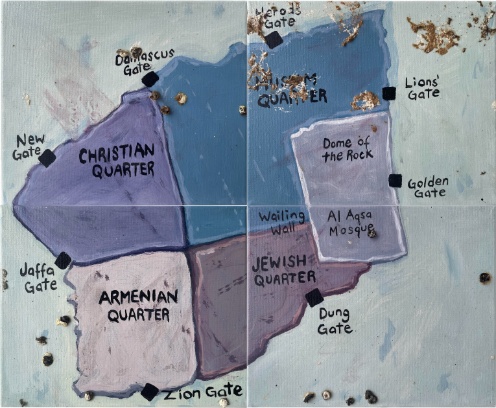
Bombs of Peace
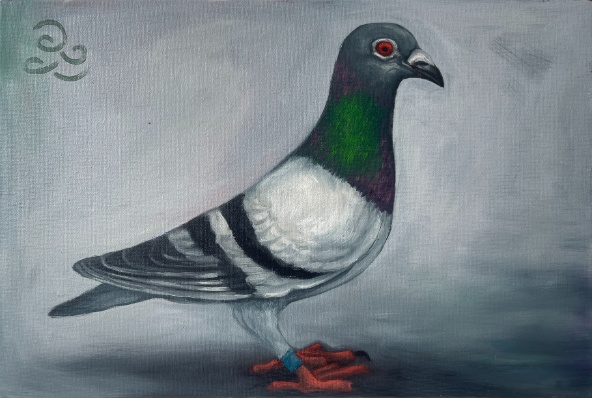
Crazy Bull
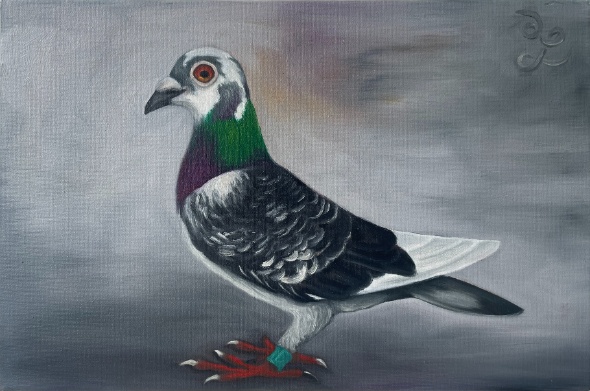
Dominique
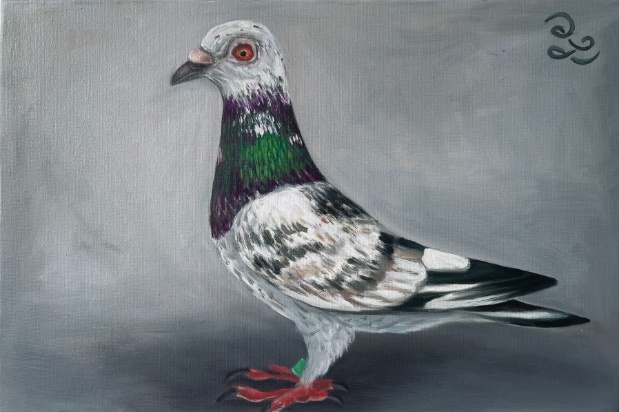
Grizzle Mania

Hell Fire
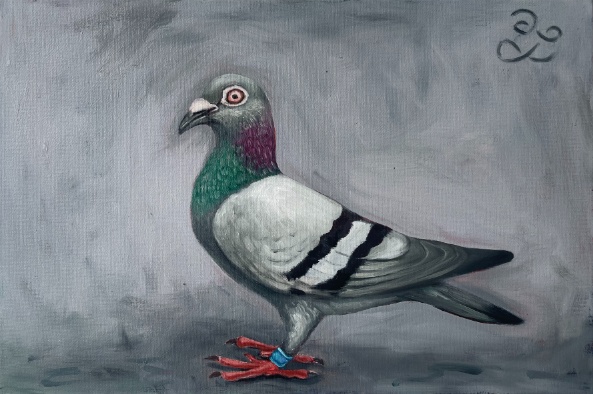
Mustang Sally
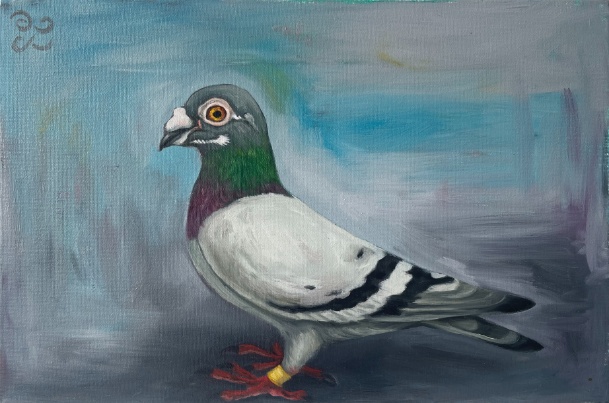
Rusty
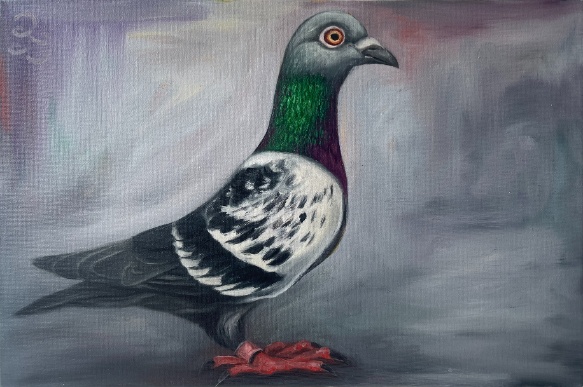
Sumo Susie

The Painting Where Nothing Important Happens
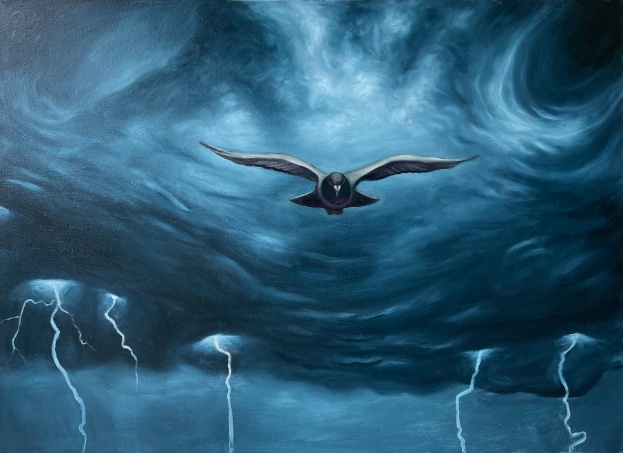
The Path to Inner Peace

The Young Napoleon Gutierrez
Documentation

